|
Have you ever put something in the washing machine that wasn't supposed to go there? My list stretches back decades, and every incident was life-altering in its own way. There was a pair of Mom's dry-clean-only linen shorts that turned an entire load of laundry hot pink and led to everyone in the house doing their own darned laundry from that point on. There were too many tubes of lip balm to count, especially in high school. There was a cell phone and an iPod (you'd think I'd learn). And then there was this sweater. Waaaaay back in 2016, I finished this sweater - made from some of my early handspun yarn. The sweater is far from perfect, but it's warm, it's mine, and it has POCKETS. Plus, it's a shade of beige that goes with just about everything in my closet, making it an essential piece throughout fall and winter. Unfortunately, just before the turn of 2019, my husband put it in the washing machine (by accident). I've talked about this fiasco a bit in my newsletter and on Instagram. The point is that it shrank some, mostly lengthwise, making it look silly when I wore it. It was felted, but was it felted beyond saving? What is wool felt? Felt, quite simply, is a non-woven fabric that is made of matted fibers. It can be made of just about any material. Wool felts because it has microscopic scales on the surface of each fiber. When the fibers are subjected to a mixture of moisture, heat, and agitation, the scales lock together like Velcro. Unless the wool has been through a superwashing process that removes or smooths down the scales, wool will always be at risk for shrinkage due to felting. As heat, moisture, and agitation are applied to wool those scales lock together and the fabric can shrink. A number of factors combine to determine how much the wool can shrink, including:
Usually, when working with non-woven wool felt, the felting process has been carried out to the maximum extent possible in order to create a strong and durable fabric. This process cannot be reversed once it's carried out to the full extent. Felting can also occur when spinners dye fiber prior to spinning it into yarn. Usually this happens because there's extra heat and agitation in the dye process (especially if the water boils!). For most fibers in this situation, the wool is only slightly felted, and it may be possible to mitigate the effects of felting. What is Fulling? When wool has been made into a woven, knitted, or crocheted fabric, the process is called fulling. The same things are happening with the scales of the wool, but because we're dealing with something that's already fabric instead of loose fiber, it technically gets a different name.* As heat, moisture, and agitation are applied to wool fabric those scales lock together and the fabric will start to shrink. As with wool felt, sheep breed and how much heat, moisture, and agitation are applied will determine how much the fabric shrinks. With fabric, though, another factor comes into play - how tightly the fabric was knitted, crocheted, or woven. A loose and open fabric has more room for the fibers to move around, meaning more agitation is possible, and therefore more shrinkage is possible. A tight, dense fabric, on the other hand, doesn't have much space for the individual fibers to move, making shrinkage less likely (but still possible). Generally, wool that has been felted or fulled can shrink by as much as 30%, which is a lot. There are plenty of patterns on Ravelry where you'd intentionally full your knitting - think bags and slippers. But most of the time, fulling is something we want to avoid. And when it does happen, it can feel a little disastrous. (Like my cozy sweater that accidentally became a crop-top.) So, Can You Un-Shrink It? Depending on how much the wool shrank during the felting or fulling process, it may be possible to pull the fibers apart from each other. If the fibers are only a little bit felted or fulled, the more likely this will be an option. However, if it's felted/fulled "all the way" or even a good percentage, you're never going to get your wool back into its original state. When pulling fulled fibers apart, it's best to be gentle - those scales have locked together, and using lots of force can result in fiber or yarn breakage. For my handspun sweater, it was only slightly fulled. In the first image, before fulling, you can see very crisp stitch definition. In the second image, after fulling, you can see that it's definitely fuzzier (partly because of a couple of years of wear, and partly because of the fulling). But you can still see the stitches fairly well - it hasn't completely morphed into a beige blob! Following some suggestions of helpful instagrammers and the internet, I soaked the sweater in a bath of warm water and about 1/3 of a bottle of Unicorn Fibre Rinse. Some people use hair conditioner, but I had the Fibre Rinse on hand and wanted to see how it would perform in this situation. I rolled my damp sweater in a towel, the laid it out on a blocking mat, gently stretching the body out to try to give it some extra length. Then came the hard part - walking away to let it dry for a couple of days. In the end, my sweater wasn't quite as long as I'd want it to be, but it's no longer a "crop top cardi" and it's wearable again. This process works to some extent because wool fibers are more elastic when they are wet. I'm not sure how much the Fibre Rinse helped, but since it's formulated for use on wool, it certainly didn't hurt. And, since it also acts as a fiber softener, my sweater is a little bit softer for the experience! Note that this fix will only work if the fiber isn't felted/fulled all the way, and even though it's possible to stretch the fabric back out, your garment will probably never be exactly as it was when it was new. As for my husband? All is forgiven, but not forgotten. ;) Ravelry project page here.
*You'll often see this process referred to as felting anyways...I'm guilty of it too! Though I’ve always had a basic understanding of sewing, mending has never been something I did much of. I remember that my mother had a mending basket, but the joke in our house was that the mending basket was where clothes went to die of neglect. It wasn’t that mending wasn’t a priority so much as there were so many other priorities that were more important. And I suspect that Mom didn’t want to spend her precious sewing time on what felt like drudgery. She’d rather sew something new and fun for herself. I don’t particularly like shopping for clothes, so the Slow Fashion concept of “long worn” feels particularly relevant to me. I typically buy items that feel like “classics,’ and then proceed to wear the heck out of them. But when a shirt gets a hole or cloth wears too thin, I’ve had a tendency to give up on the garment. I’ve written before about giving my clothes new life as rag rugs, but I feel like I’ve had less success with mending. The thing with clothes, though, is there's always another chance to improve your skills. If your mending job goes terribly awry and results in an unwearable garment, just wait a while and you'll eventually wind up with another worn out garment to practice on. That's what happened to me, anyway. Ironically, on the same day I intentionally cut a hole in my sweater to make a pocket, I ripped a 2-inch hole in a shirt. It's not an absolute favorite, but one that I wear frequently since it's so comfortable. I put the shirt in my queue of things to do, and let it sit there for a week, not exactly sure how I would mend it. My last couple of mending projects had gone wrong in all sorts of different ways, I and wasn't feeling too confident about my skills. Eventually, I turned to YouTube and found a few videos that were helpful, but not exactly enlightening. But they made me feel like the repair was something I could do, at least. One of the hurdles I think we need to jump in mending our clothes is an idea of perfection, the idea that our clothes should always be fresh and new and perfect. When we mend our clothes, there are new stitches where before there were none. A shirt gains a ridge, a pucker, or texture that wasn't there before. No matter how we try to hide it, there's a scar. I'm not advocating that we all become slobs or wear tattered clothing. My point is merely that mending clothes will never be brand new again, and they may no longer qualify as "Sunday best." But most of us have a place in our lives where mended clothes can - and should - serve a purpose. I've long adored sashiko, boro, and other visible mending techniques, and yet I struggle to incorporate them into my life. So I knew that my mending job needed to be as invisible as possible. I sewed up the hole, being careful to pick up all the loops left open by the tear. The fabric was too fine to do a real Kitchener stitch, but that was what I attempted in order to make the repair less visible and to give the mend more structural integrity. When I finished mending the hole, I ironed a piece of lightweight fusible interfacing over the repair, which will hopefully strengthen the area where the hole was. Though the tear was two inches long, it was near the armpit and not very visible. In fact, I had a hard time finding it when I went to do the repair. And of course, using thread that matched the print makes the repair itself less visible. Hopefully as I continue to wear the shirt, the repair will hold up. But what I've really learned is the importance of practicing a new skill, and trying again and again until I get it right. And that the changing character of a worn and mended garment isn't a bad thing - just something different. xx,
Pamela |
Archives
January 2024
Categories
All
This website uses marketing and tracking technologies. Opting out of this will opt you out of all cookies, except for those needed to run the website. Note that some products may not work as well without tracking cookies. Opt Out of Cookies |
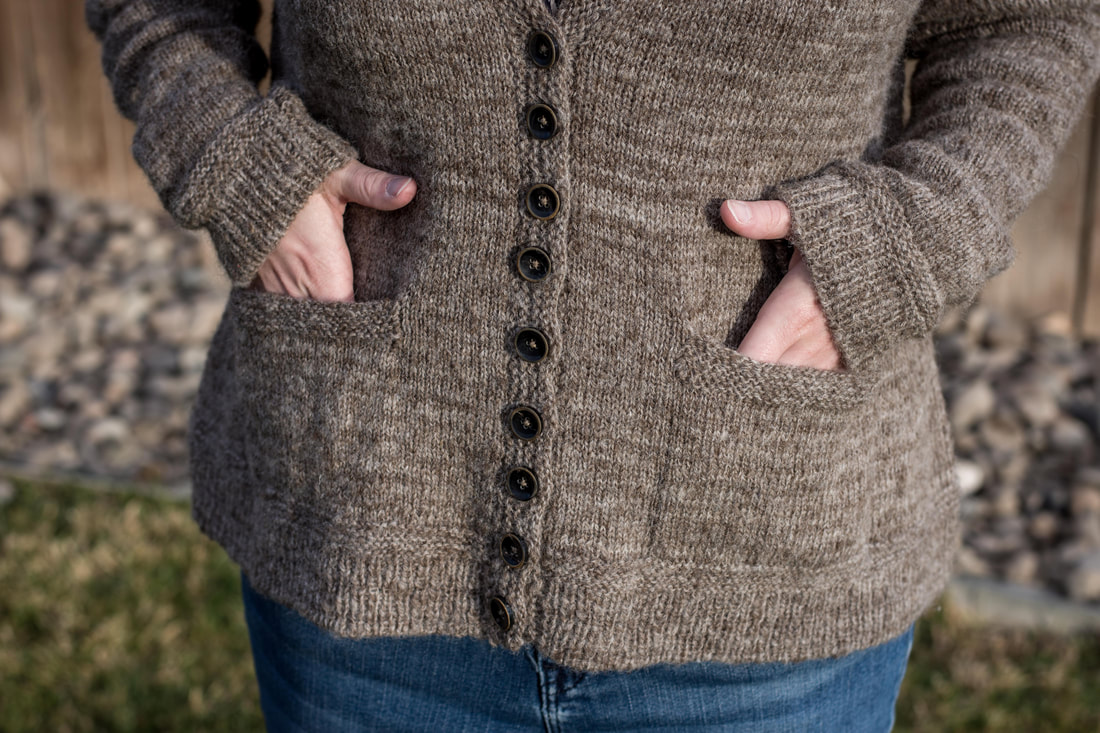
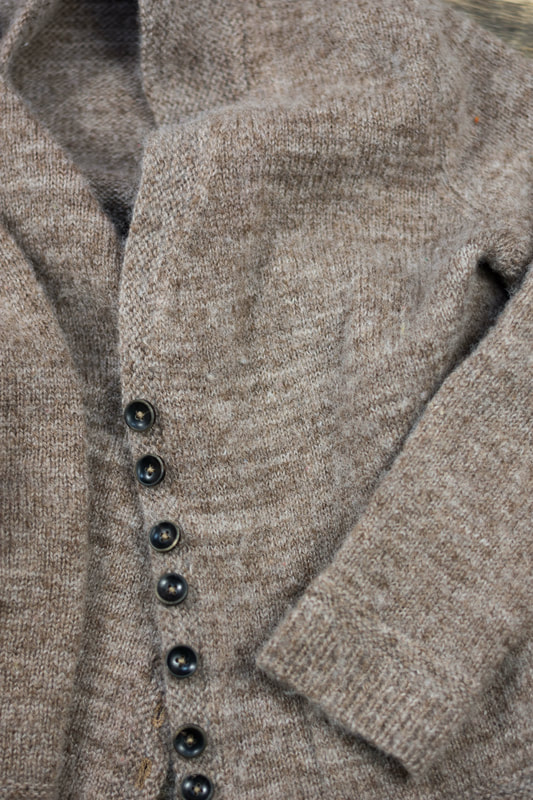
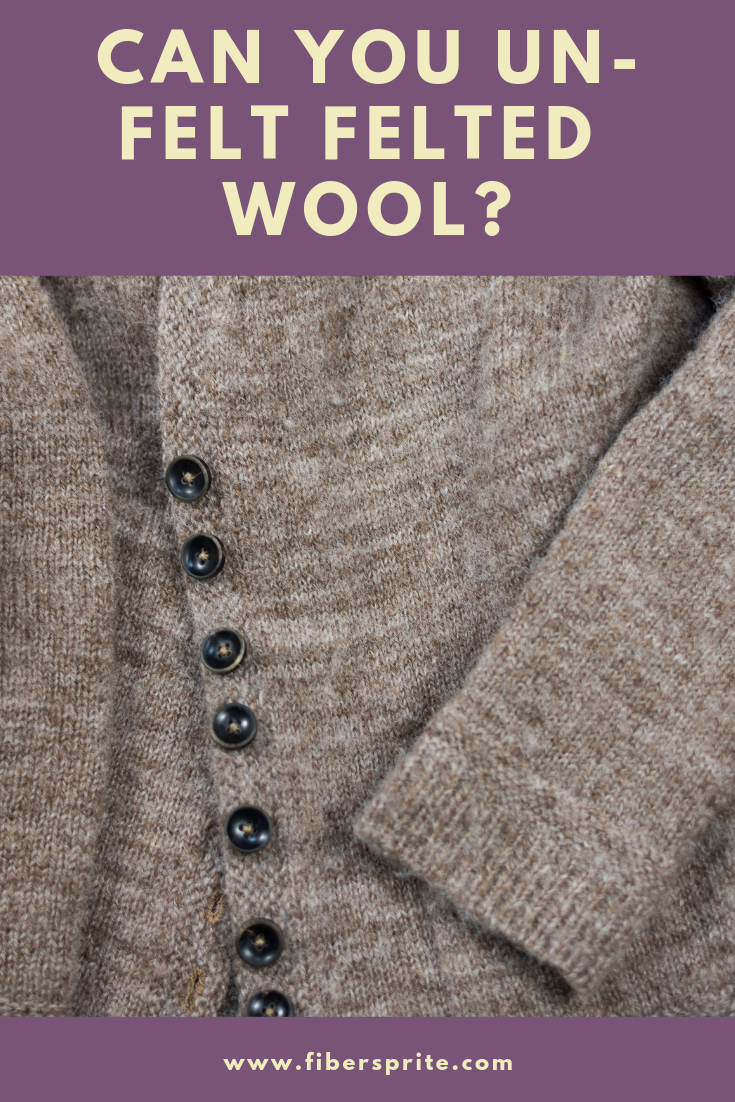
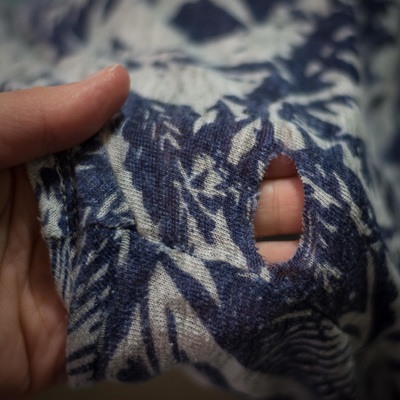
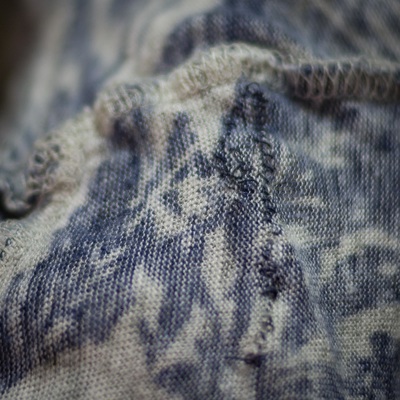
 RSS Feed
RSS Feed